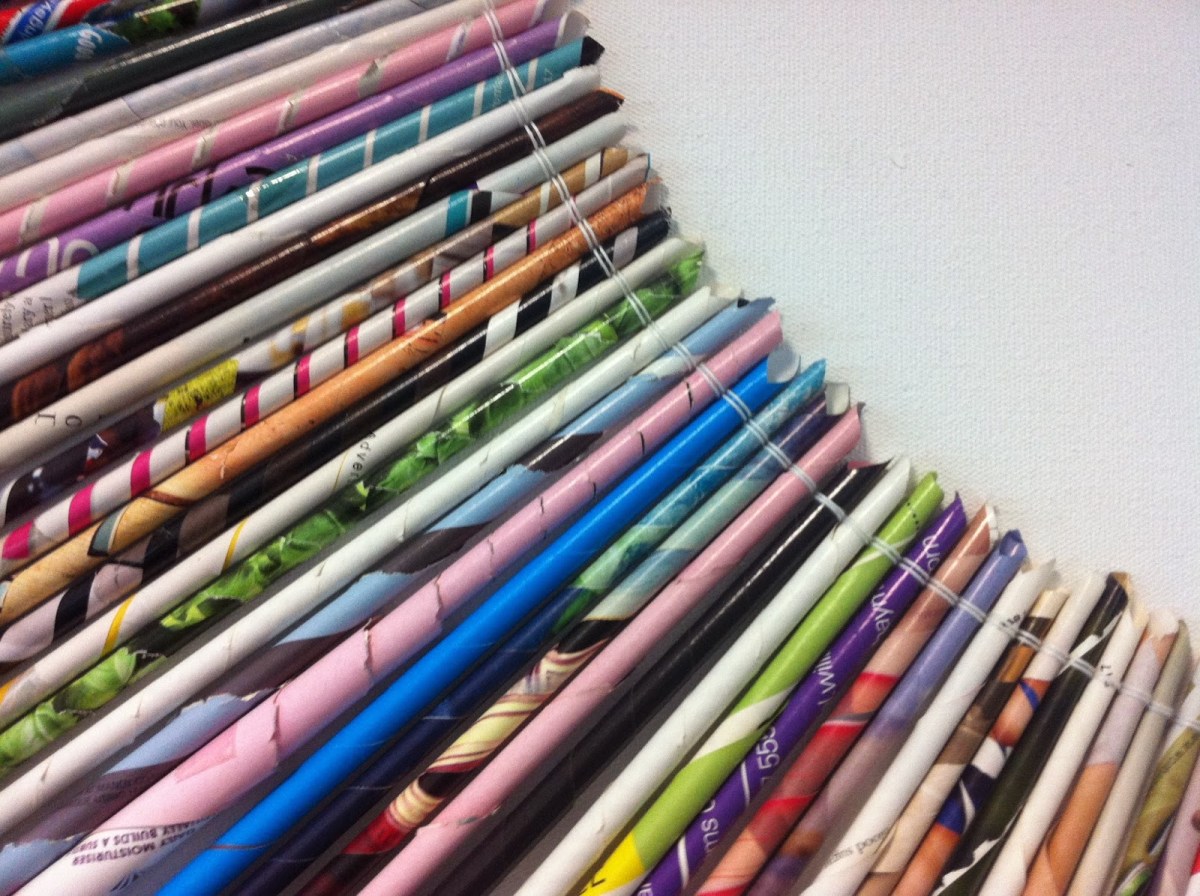First a shout-out – if you’re an international librarian and reading this – please join the International Librarians Lead (inTLlead) moodle – it aims to bring together a repository of resources, ideas and discussions on everything to do with being a 21C librarian in a global setting. We have 195 members and growing.
Further to my post about the difficulty in getting the right pitch in nonfiction reading in middle school, the discussion continued with science teachers about what students read (or don’t – thanks youtube) and how scientific time at school is used. And this is something I find incredibly weird as a non-science teacher, non science-curriculum creator, but as a parent of two kids having gone through science in PYP, iGCSE and MYP and DP. They spend a LOT of time and energy on lab-reports. Which often, no matter how heavily it’s scaffolded (and believe me I’m yet to see a lab report assignment that’s not heavily scaffolded) but they don’t spend any time until the IB reading a scientific journal article. And then probably only if they’re doing an EE (extended essay) on a scientific topic. And the skills required may or may not be explicitly taught depending on whether the librarian gets a look in, and depending on the supervisor and how much time they have.
Does anyone else find this strange? I’m wondering if we could somehow create a phased cross-walk between popular science articles in various areas to the original research that gave rise to those media interpretations (or misinterpretations as the case may be). Phased as in the sense of starting with the LCD of the abstract and conclusion and working up to sample size, statistics chosen and interpreted, hypothesis, methodology, experiment (link to the dreaded lab report) etc.
Am I talking nonsense? I’m thinking something very graphic so it’s pretty obvious. Or they create the graphic. By the time they get to the IB or university they don’t have the time to both do the writing needed and learning the decoding skills surely we should start earlier?

Hi Nadine, I usually advise reading the abstract, research purpose/objectives, research questions and the visuals e.g. charts/tables/graphs. Next step should be introduction and conclusion. Also, ask to check the frequency of their desired terms/ keywords using keyboard Ctrl+F option @ the more keyword matching the more relevant it is.
LikeLike
At what age / grade do you start with this? Is it before the IB?
LikeLike
This is exactly what I want to do with our iGCSE students next year to get then ready for the Diploma Programme. We have a 3 year iGCSE programme. So I want to work this into their Global Skills lessons in the lead up to the DP.
As a new school, we started our first DP cohort this year and they are really struggling with academic reading for their EE.
I was so excited to see your post Nadine and look forward to working with you on this.
LikeLike
Great I’d really like to flesh this out more and see where it could go – I was just listening to the “Hidden Brain” podcast today (https://www.npr.org/2019/06/17/733456435/pets-pests-and-food-our-complex-contradictory-attitudes-toward-animals) and around 16″20 they are talking about research into pet ownership and remark on the contradictions in research and how conclusions are formed and causation versus correlation. I thought that would be a nice segue into discussing social science research (as opposed to scientific experimental research)
LikeLike